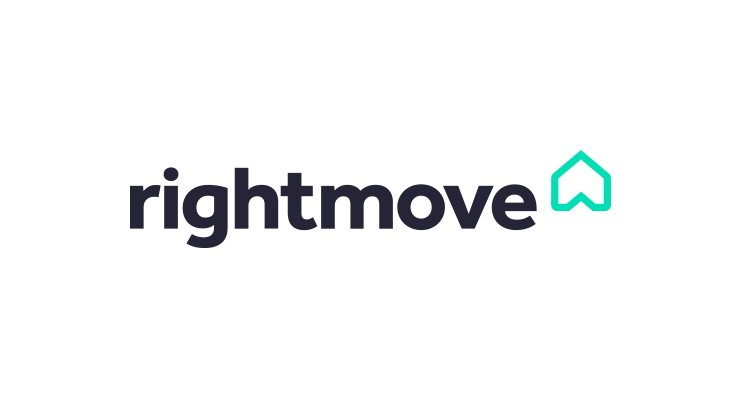10 Metrics You Need for Creating the Perfect Marketing Strategy
How do you know your business is heading in the right direction? Well, you pay attention to increasing sales and revenue, of course. If everything goes well, it is still too early to let everything go to chance. You need to know which results your marketing efforts bring to your company and what channels you can upgrade.
We’ve compileв 10 essential metrics letting you see how well your marketing activities correspond with your business. Digital specialists should rely on these KPIs when evaluating the ads’ effectiveness. This is a necessary foundation for the deep analysis of the advertising campaign.
1. Conversion Rate
CR stands for conversion rate. This shows how many visitors ended up ordering something from you. To calculate it, be sure to set a conversion goal in Google Analytics or other services you prefer.
CR = (total number of orders / total number of visitors) x 100%
In fact, there are many services offering you to calculate specific metrics. So once you feel the need to do that, free up your schedule by googling “paper writing services” and then, concentrate on activities that need your attention the most. While the talented writers are completing homework for you, you will do the research which is of primary importance for your marketing campaigns.
2. Click-Through Rate
Are you willing to see the number of users who saw your ad and ended up interested in the product? This won’t be hard. Plus, you can analyze the CTR for all your ads and recognize the most and least effective campaigns.
СTR = (total clicks / total views) x 100%
However, clicks aren’t a conversion. Thus, CTR is more of an intermediate indicator.
3. Cost Per Click
CPC is how much you paid to make the target user visit your site. This is the first metric many marketing teams calculate as it’s a direct indicator of the performance of your creative ideas:
CPC = money spent on advertising / total clicks
4. Cost Per Acquisition And Cost Per Lead
In practice, CPA and CPL demonstrate to you the cost of a micro conversion and the price for acquiring a single lead. To calculate CPA in an easy way, decide what a micro conversion means for you. This could be watching a video, downloading a PDF, or clicking the Call Me Back button.
CPA = money spent on ad / number of micro conversions.
CPL = money spent on ad / number of leads acquired.
5. Customer Acquisition Cost
Use the CAC metric to know how much money you need to acquire each visitor.
CAC is the cost of customer acquisition. Basically, it’s the money you put into marketing to get one buyer. Also, why not measure CAC in contrast to LTV (Lifetime Value)? Marketing professionals state that a business can be called successful if LTV is three times greater than CAC.
The metric is related to:
• The advertising channels you chose and their position in the sales funnel;
• The key message in ads at different stages of the funnel. It’s super important to support customers on each step of their journey and tell them more about your product;
• Groups of customers. Typically, different segments have various conversion windows. That’s coming up with a key message for each segment is so crucial.
6. Return On Advertising Spend
You can use ROAS (Return On Advertising Spend) to understand which ad has been the most profitable. There are several ways to calculate ROAS, so let’s look at one of them:
ROAS = advertising campaign income / advertising expenses
For example, if you spend $300 on a campaign and the revenue from it is $950, then you get the following sum:
950 / 300 = $3.16
This means that you earned $3.16 for every dollar you put into the campaign.
7. Return on Investment And Return On Marketing Investment
Obviously, ROI (return on investment) and ROMI (return on marketing investment) describe how effective your marketing activities are. For ROMI, you need to know all the advertising and marketing expenses. While for ROI, you take into account all the money you spend on production and support along with marketing efforts. Use data from your CRM regarding completed orders to get more accurate calculations.
Here is how you can calculate these metrics:
ROI = (return on money invested – total money invested) / total money invested x 100%
ROMI = (revenue marketing – marketing effort cost) / revenue marketing x 100%
8. Advertising-To-Sales Ratio
The advertising-to-sales ratio is more of an inverse ROMI index showing the difference between ad spend and your ad revenue. Obviously, the lower the ratio, the more effective your ads are. The formula is simple:
Ad-to-sales ratio = (ad spend / ad revenue) x 100%
Plus, if you sell online and offline, don’t forget to keep the ROPO in mind (Research Online Purchase Offline). You should realize the percentage of your sales that is driven by online advertising, of course. To count the ROPO, it’s essential to combine user behavior data from Google Analytics with the number of completed orders from your CRM.
9. Lifetime Value
LTV (Lifetime Value) is how much income you get from a client when they use your services or products. It’s best to compare LTVs for different audiences and channels. This is how you tailor your campaigns to specific customers or segments. Here is just one of the formulas for LTV:
LTV = lifetime x average revenue per user
10. Churn Rate
How many customers stopped using your services or products within a given period of time? Just calculate the churn rate to find the answer. The most common way to know it is to compare customers who left in period A and those who were active (bought or ordered something from you) in period B.
Churn Rate = А / В
It will be great to compare your churn rate with how many new customers you’ve acquired. Once you count which profit you lose with clients who leave, you will understand the churn rate.
To Wrap It Up
The KPIs we’ve described above are just a small dive into the basics of marketing metrics. However, KPI data gives you insight into what’s going on with your marketing and which channels you can improve greatly.







